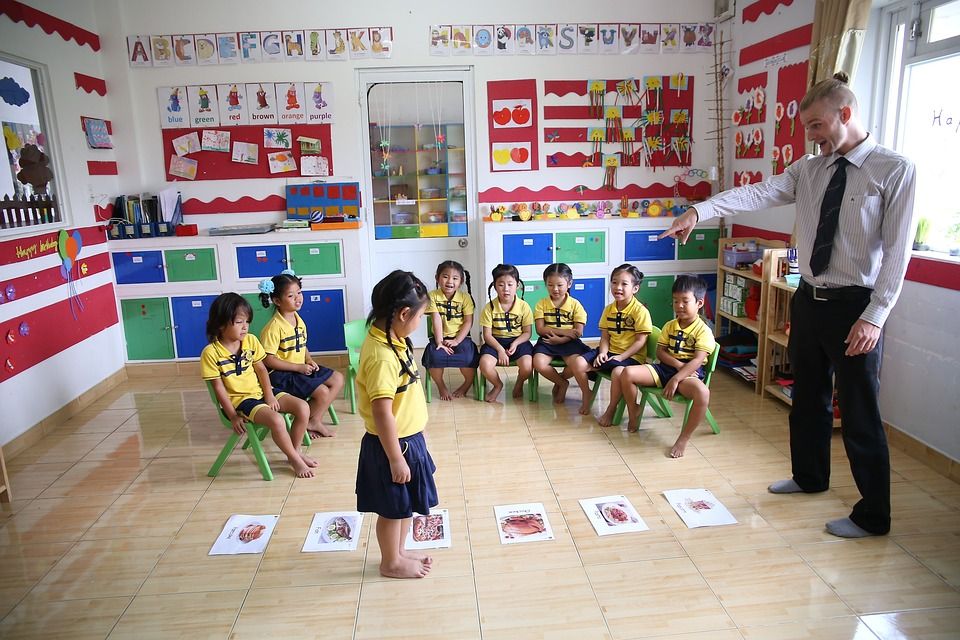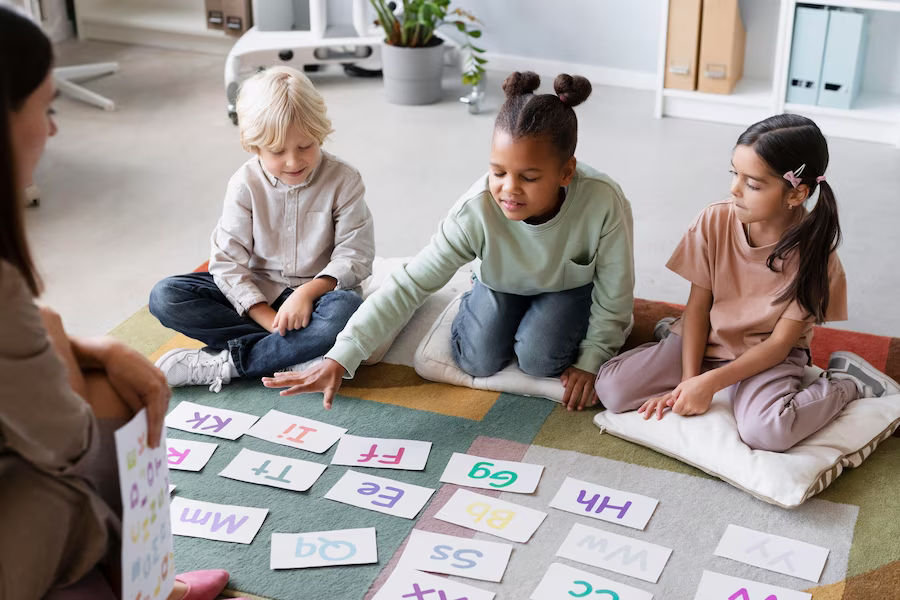Things I will never do after becoming an ESL teacher

Unveiling the ESL Teacher's Pledge: 5 Practices Vowed Never to Adopt
Embarking on the journey as an ESL (English as a Second Language) teacher comes with a commitment to creating a dynamic and effective language learning environment. This ESL teacher's pledge unveils five practices that will never find a place in the pursuit of fostering a vibrant and engaging classroom.

The Silence Pact: A Classroom That Never Stifles the Buzz
In an ESL classroom, silence won't be the golden rule. Envision a Monday morning filled with excitement, as students engage in a lively language game, discussing and laughing. Learning English? Absolutely. Boring? Never! Questions, discussions, and curiosity are always welcome. A lively classroom is a learning classroom.
Example: For instance, a game called "Word Chain" could be played, where students build sentences by connecting words related to a given topic. The energy is infectious, and everyone participates with enthusiasm.
Grammar Graveyard: Grammar Never Buries Itself in Monotony
Grammar is the backbone of language, but it won't be consigned to a graveyard of monotony. Bid farewell to endless grammar worksheets. Today, the classroom transforms into a thrilling mystery-solving activity. Students become language detectives, uncovering the secrets of grammar rules as they solve clues and unlock linguistic treasures. Grammar comes alive with games, real-life examples, and activities that make learning enjoyable.
Example: Picture a classroom transformed into a grammar treasure hunt. Students decode clues related to different grammar concepts, turning what could be a dull lesson into an engaging adventure.

Textbook Tyranny: Teaching Unchained from Textbooks
While textbooks have their place, they won't be the boss here. Tossing the textbooks aside, the classroom dives into a real-world adventure. Imagine exploring a trending news article, having a debate about it, and then creating your own news report. Suddenly, English is not just a subject; it's a living, breathing part of daily conversations. Textbooks may be on the shelf, but real-world scenarios, current events, and exciting materials shape the linguistic landscape of the classroom.A light-hearted image of students participating in a "Word Karaoke" session, perhaps with a microphone or speech bubble visuals to represent pronunciation improvement in a fun way.
Example: Recently, students delved into a news report about global celebrations. Not only did they learn new vocabulary, but they also engaged in a lively debate about the cultural significance of different festivities around the world.
Pronunciation Police: Patrolling Without Positivity
Pronunciation matters, but it won't be turned into a crime scene. No more cringing at the sound of a police siren when a student mispronounces a word. Instead, envision a supportive environment where "Word Karaoke" takes center stage. Laughter echoes as students cheer on each other's attempts, refining pronunciation without stress. Corrections will be friendly and supportive, helping students sound more like native speakers without the stress.
Example: Imagine a classroom echoing with laughter during a pronunciation challenge. Students take turns pronouncing tongue-twisting words, turning what could be a nerve-wracking experience into a fun and collaborative activity.

No One-Size-Fits-All Learning
In this classroom, everyone is different, and that's embraced! Envision a learning path that fits each student like a perfectly tailored suit. Some thrive on visual aids, so colorful diagrams and infographics are incorporated. Others prefer hands-on activities, engaging in language scavenger hunts or role-playing exercises. No forcing everyone into the same mold. Tailoring teaching to individual learning styles and preferences will be the compass guiding pedagogical choices. Flexibility is the heartbeat of a successful ESL classroom.
Example: Recently, during a lesson on vocabulary, the class explored different learning styles. Visual learners created vibrant mind maps, kinesthetic learners acted out words, and auditory learners engaged in lively discussions. Everyone found their unique way to grasp the new vocabulary.

In closing, this ESL teacher's pledge is not just a declaration; it's a commitment to fostering an environment where language learning is vibrant, interactive, and tailored to each student's needs. Here's to a classroom that resonates with the laughter of curiosity and the melody of diverse voices—creating not just English speakers but confident communicators.






